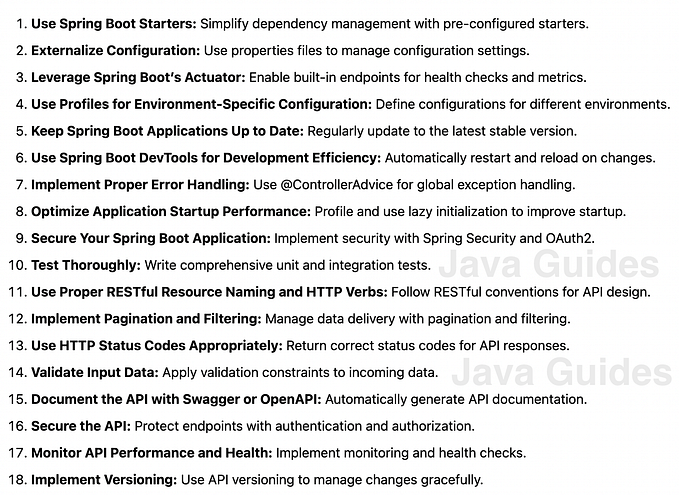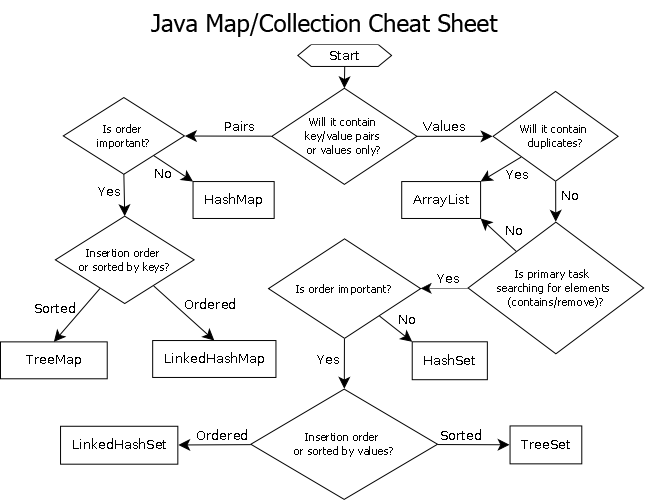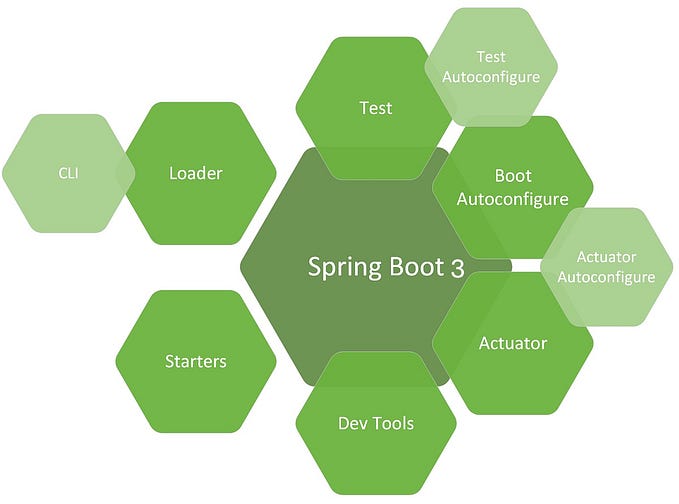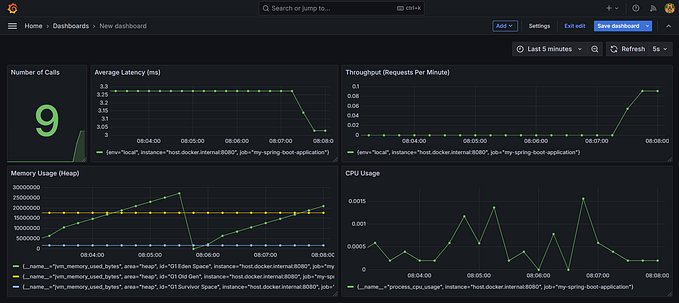Member-only story
Java Singleton Pattern — Best Ways to Implement Singleton in Java
Introduction
The Singleton Design Pattern is one of the most commonly used creational design patterns in Java. At its core, it ensures that only one instance of a class exists throughout the application and provides a global access point to that instance.
Although this pattern seems simple, implementing it correctly — especially in multi-threaded and distributed environments — requires careful consideration.
Why Use the Singleton Pattern?
- Resource Management: Ideal for scenarios like database connections, logging, caching, and configuration settings.
- Global Access Point: Ensures a single, consistent instance across the application.
- Performance Optimization: Reduces overhead by reusing the same instance instead of creating multiple objects.
Common Pitfalls of Singleton Pattern
Many developers make mistakes while implementing Singleton, leading to performance issues, security vulnerabilities, and broken design principles. These include:
✅ Using synchronized methods unnecessarily, leading to performance bottlenecks.
✅ Ignoring serialization issues, causing multiple instances on deserialization.
✅ Not handling reflection and cloning attacks, which can break the Singleton guarantee.






